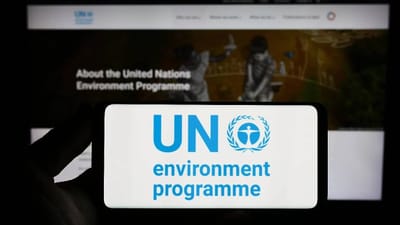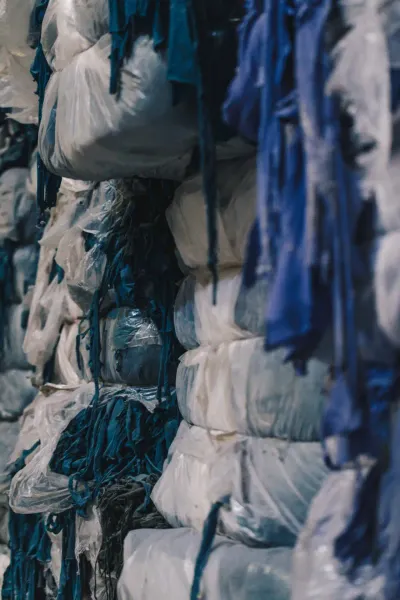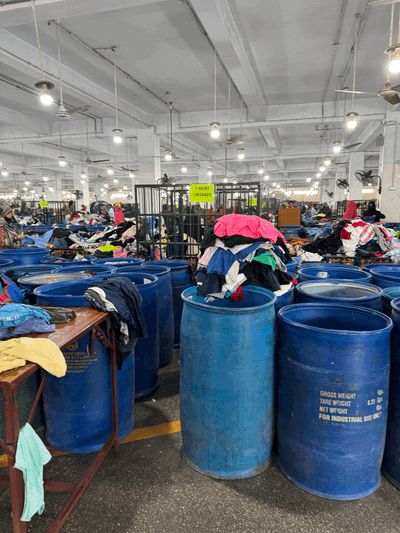For Jene D’Ambrosio, a veteran in textile recycling and spokesperson for the Secondary Materials and Recycled Textiles Association (SMART), the passage of California’s Senate Bill 707 marks the culmination of years of advocacy, collaboration, and persistent policy engagement.
“Fifteen years ago, when we started our collection company in California, I often wondered why textiles weren’t considered a recyclable product,” D’Ambrosio recalls. “As we expanded to other West Coast states, we realised California was actually behind Washington and Oregon. Residents and municipalities elsewhere were already taking initiative to keep textiles out of landfills.”
That disparity prompted D’Ambrosio to engage with CalRecycle in 2017, seeking clarity and resources. “We kept in close contact multiple times a year,” she says. “It has been a long time coming, and now that legislation is in place, we can move forward and create a structured plan that other states can replicate with ease.”
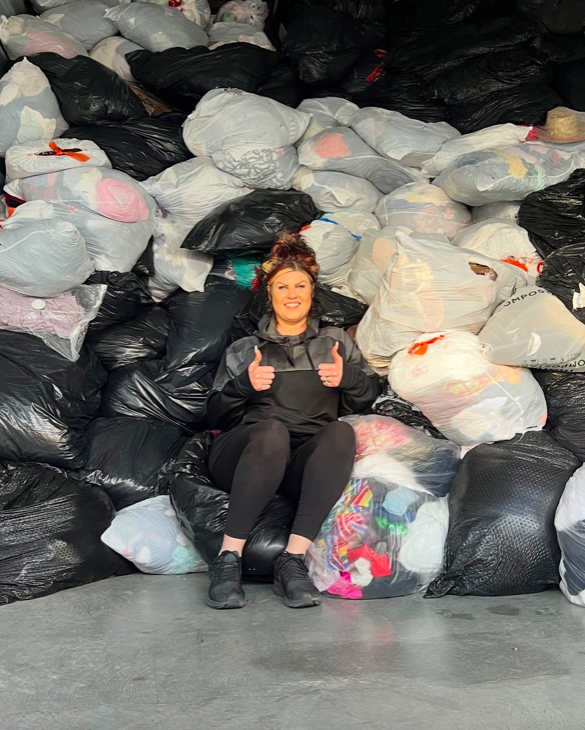
“If everyone is held accountable, it can be assumed that fast fashion will be a thing of the past.”
- Jene D’Ambrosio
SB 707, officially known as the Responsible Textile Recovery Act, introduces California’s first extended producer responsibility (EPR) framework for textiles. The law requires manufacturers to take responsibility for the full lifecycle of their products—from production to disposal—and is already being recognised as a potential model for national replication.
SMART, which represents collectors, graders, sorters, and global redistributors, played a crucial role in shaping the bill. “SMART knew it was time to take action when the legislation was brought to the table,” says D’Ambrosio. The association’s lobbyist, Jessica Franken, led a two-year working group involving stakeholders from across the supply chain. D’Ambrosio, who chairs SMART’s Bin Collectors working group, was deeply involved. “We offered input from every angle—collectors, thrift stores, graders. We all play different roles in textile recycling, and it was necessary to make sure the language of the bill reflected those realities.”
That inclusive process proved key in overcoming one of the industry’s long-standing challenges: disconnect between legislation and operational realities. “Lawmakers often base decisions on incomplete or exaggerated data,” says D’Ambrosio. “It’s vital to gather information from credible, operational companies to avoid grey areas in policy.”
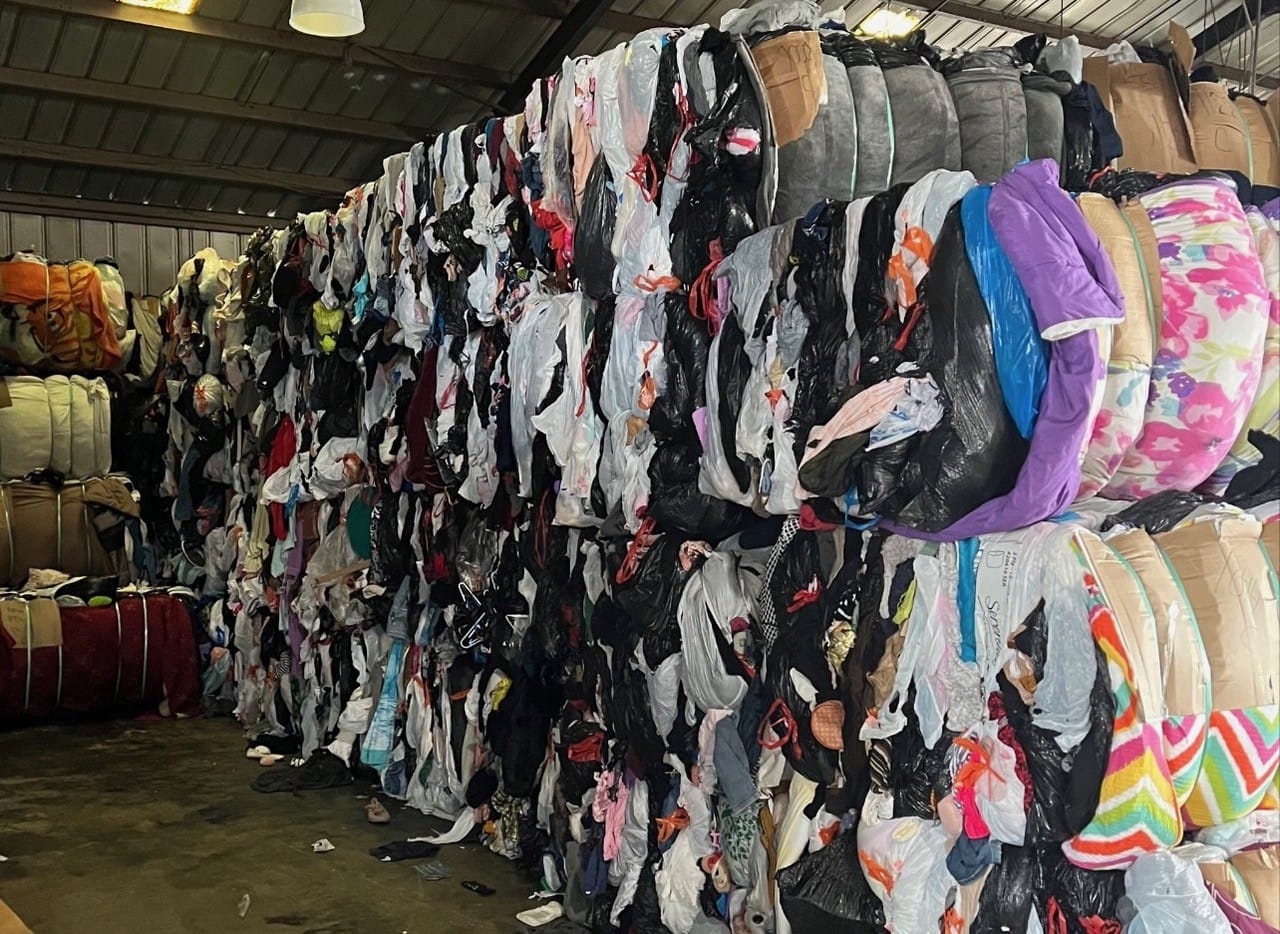
California’s approach stands out not only for its ambition, but for its diversity in end-of-life solutions. “The state offers more options—collection bins, thrift stores, buyback programmes from large brands. The more resources offered, the more successful the recovery will be,” she says.
The heart of the policy is accountability. “If everyone is held accountable—especially producers—we can expect better quality materials, longer product life cycles, and a shift away from fast fashion,” D’Ambrosio explains. “Those low-quality items have no market value in our industry. The entire sector benefits from higher standards.” Yet the law’s success depends on more than legislation. Infrastructure, education, and public awareness are critical. “Education, education, education!” D’Ambrosio emphasises. “We need to change the mindset of what recyclables are and offer clear information on how and where to recycle. People need to know that textiles aren’t trash.”
For collectors like D’Ambrosio Trading Inc., SB 707 could also restore public trust in donation bins, which have often faced bans or restrictions due to mismanagement. “With proper oversight, we can eliminate non-compliant bins and get communities to see them as valuable again. They’re not just receptacles—they’re second chances.”
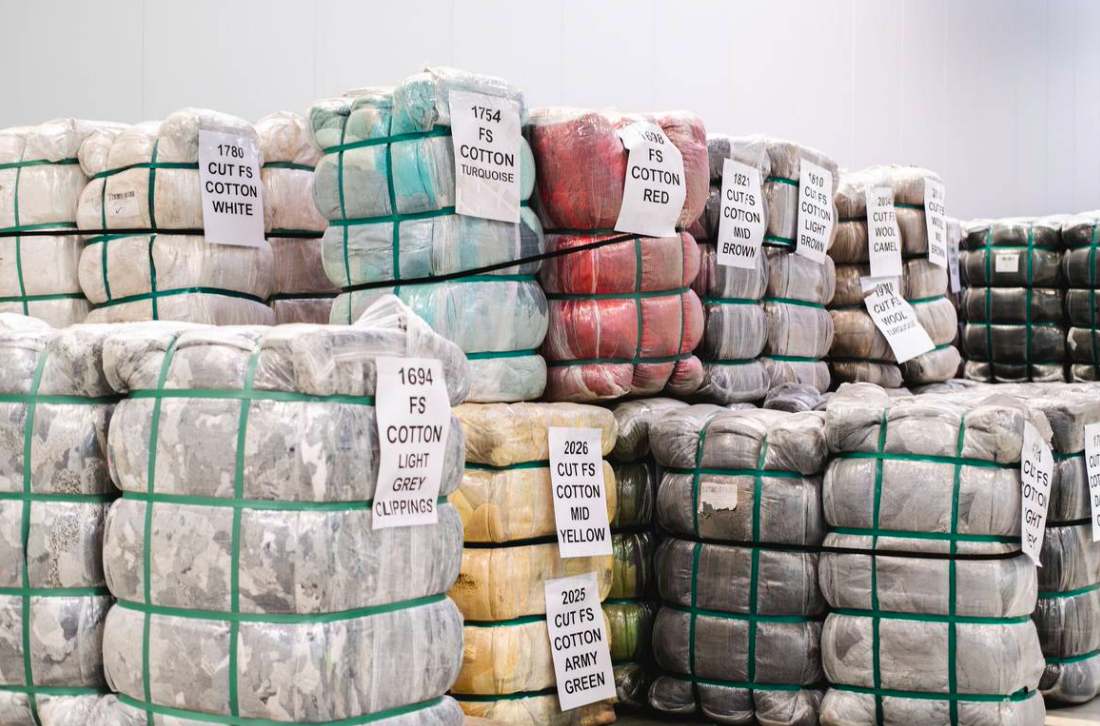
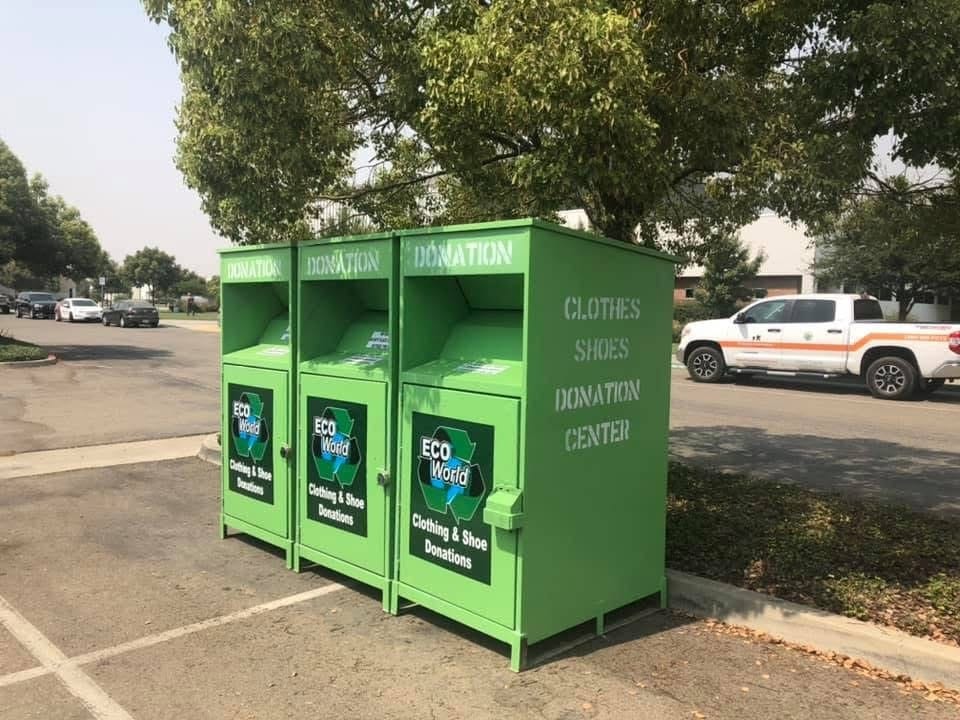
Still, implementing a policy of this scale isn’t without obstacles. “There will be a lot of work in the next 10 years. But we’re louder together than we are alone,” says D’Ambrosio. She hopes the path California is paving will inspire other states to adopt similar laws without having to “reinvent the wheel.” Looking ahead to 2035, she envisions a fundamentally changed textile system. “If this legislation works as intended, fast fashion will be out, quality will be in, and every link in the chain—from producer to consumer—will be part of a circular solution. That’s what we need to keep textiles out of landfill and give them a second life.”
From Fresno to Sacramento, and now to the halls of state legislatures across the U.S., D’Ambrosio’s voice is helping turn an overlooked waste stream into a front-line sustainability issue. As SB 707 begins to roll out, it just might be the model the global fashion industry has been waiting for.


